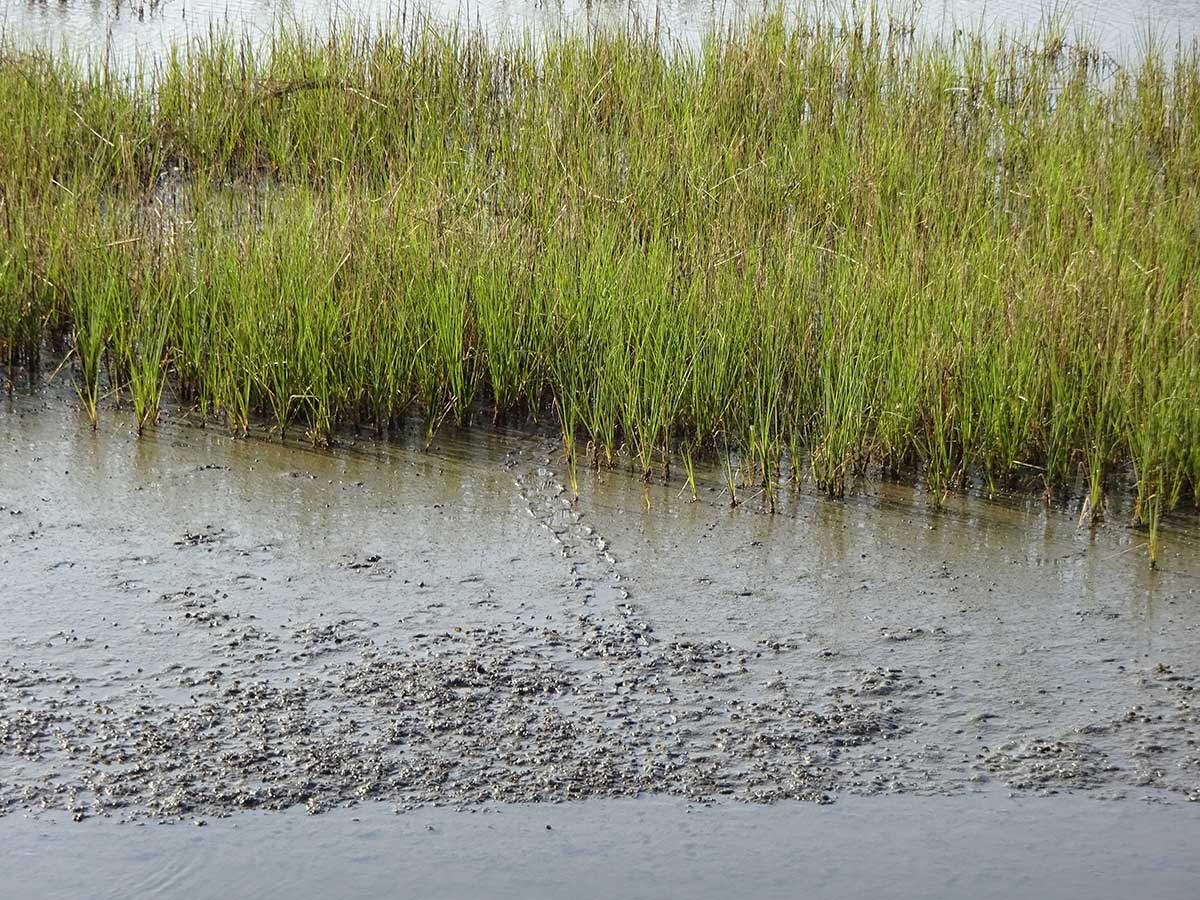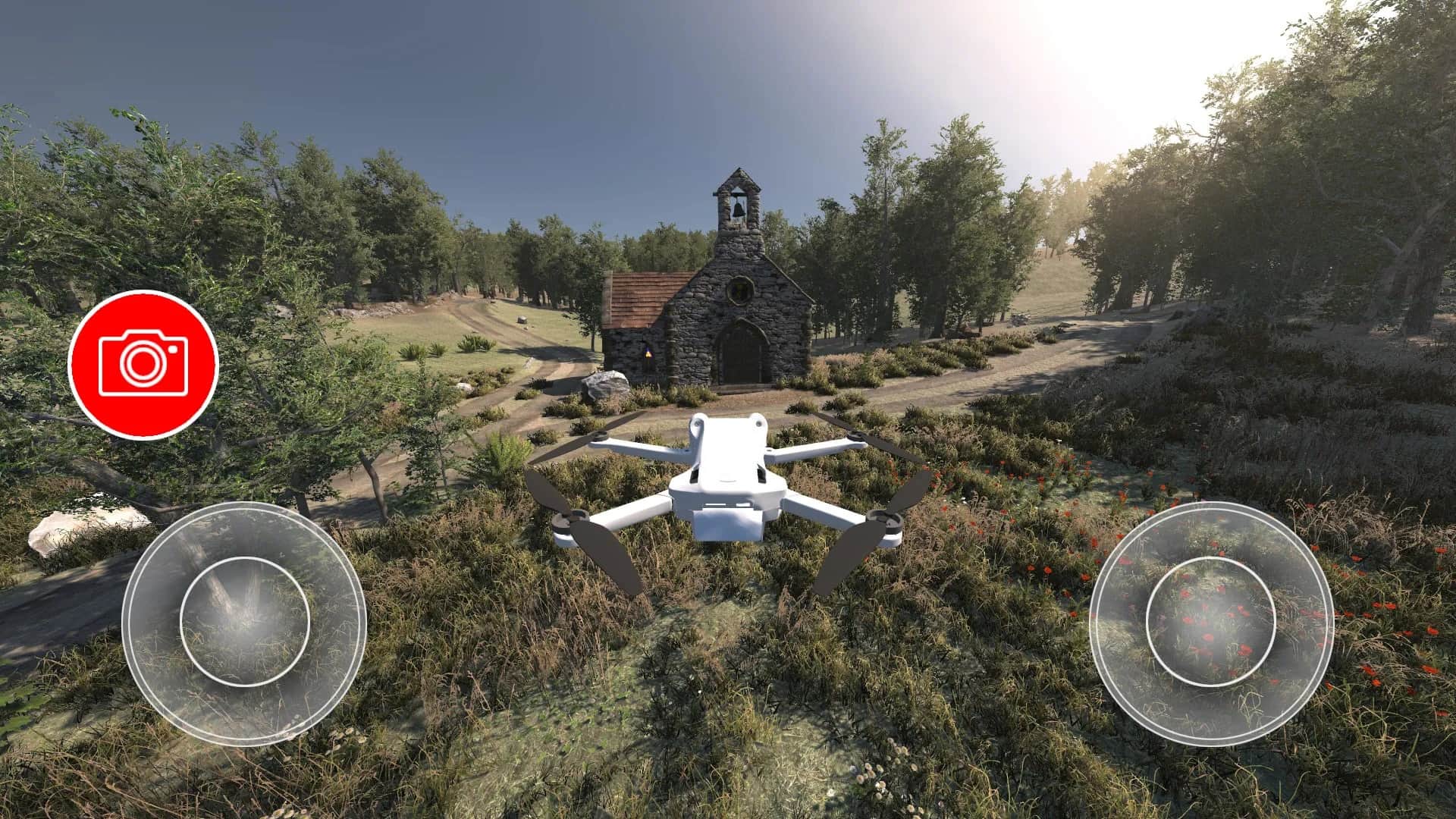
When you think of marshes, one image that often comes to mind is the tall, swaying grass that fills these unique ecosystems. Marsh grass, also known as wetland grass or reeds, plays a crucial role in the functioning and biodiversity of marshes. These grasses are not only visually striking but also serve various ecological purposes. Whether you are a nature enthusiast or simply curious about the wonders of the natural world, this article will provide you with 20 fascinating facts about marsh grass. From its unique adaptations to its role in shaping marsh habitats, you will discover why this humble grass is an integral part of wetland ecosystems. So, let’s dive in and uncover the intriguing world of marsh grass!
Key Takeaways:
- Marsh grasses are vital for wildlife and the environment, providing habitats, coastal protection, and oxygen production. They also help mitigate climate change and filter excess nutrients from water bodies.
- Conservation of marsh grass habitats is crucial for preserving biodiversity and ecosystem resilience. These resilient plants play a crucial role in maintaining ecological balance and providing valuable services to both wildlife and humans.
Essential Habitat
The marsh grasses serve as a critical habitat for numerous species, including birds, fish, and crustaceans. They provide nesting sites, feeding grounds, and shelter for various organisms.
Coastal Protection
Marsh grasses act as a natural defense against coastal erosion. Their intricate root systems help stabilize sediment, reducing the impact of waves and tides.
Salinity Tolerance
Marsh grasses are highly adaptable to varying salinity levels, from fresh to brackish water. They have developed mechanisms to regulate and tolerate salt concentrations.
Oxygen Production
These grasses play a vital role in oxygen production through photosynthesis, contributing to the overall health of the marsh ecosystem.
Carbon Sequestration
Marsh grasses have the ability to capture and store significant amounts of carbon dioxide, helping mitigate the effects of climate change.
Salt Marsh Sparrow
The salt marsh sparrow, a threatened bird species, relies on marsh grasses for nesting and foraging.
Mudflats and Tidal Creeks
Marsh grasses are instrumental in the formation of mudflats and tidal creeks, creating unique habitats for various organisms.
Storm Surge Buffer
The dense root systems of marsh grasses act as buffers, absorbing the impact of storm surges and reducing the risk of flooding in coastal areas.
Nutrient Filtration
Marsh grasses help filter and trap excess nutrients, preventing them from entering water bodies and causing harmful algal blooms.
Ecosystem Productivity
These grasses support high levels of productivity, providing food and resources for a wide range of organisms within the marsh ecosystem.
Indicators of Water Quality
The health and growth of marsh grasses can serve as indicators of water quality, helping monitor the overall ecosystem condition.
Burrowing Shrimp
Burrowing shrimp create intricate burrows within marsh grasses, aerating the soil and promoting nutrient circulation.
Intertidal Zone
Marsh grasses thrive in the intertidal zone, the area between low and high tides, which experiences regular flooding and exposure to air.
Spartina Grasses
Spartina species, such as Spartina alterniflora and Spartina patens, are commonly found in marsh habitats and provide essential ecosystem services.
Estuarine Nursery
Marsh grasses serve as important nurseries for many species of fish and invertebrates, providing protection and abundant food sources.
Adaptations to Flooding
Marsh grasses have unique adaptations to withstand frequent flooding, including air-filled tissues that help supply oxygen to underground roots.
Saltmarsh Cordgrass
Saltmarsh cordgrass, also known as Spartina alterniflora, is a dominant species of marsh grass found in coastal areas.
Recreational Opportunities
Marshes with healthy grass populations offer recreational activities such as birdwatching, kayaking, and fishing.
Global Distribution
Marsh grasses can be found in coastal ecosystems worldwide, from saltwater marshes to freshwater wetlands.
Conservation Efforts
Conservation initiatives aim to protect and restore marsh grass habitats, recognizing their importance for biodiversity and ecosystem resilience.
As we explore the wonders of marsh grasses, it becomes apparent how these resilient plants play a crucial role in maintaining ecological balance and providing valuable services to both wildlife and humans. The conservation of marsh grass habitats is essential for preserving the health of our coastal areas and safeguarding the multitude of species that depend on these unique ecosystems.
Conclusion
In conclusion, marsh grass, with its unique characteristics and adaptability, plays a vital role in maintaining the health and balance of wetland ecosystems. From providing important habitat for various species to protecting shorelines from erosion, marsh grass is an invaluable asset. Its ability to absorb carbon dioxide and other pollutants further highlights its importance in mitigating the effects of climate change.Whether you’re a nature enthusiast, a researcher, or simply curious about the beauty and importance of marsh grass, these 20 facts have shed light on its fascinating attributes. As we continue to appreciate and protect our natural resources, let us remember the significant role that marsh grass plays in sustaining our planet’s delicate ecosystems.
FAQs
1. What is marsh grass?
Marsh grass, also known as salt marsh grass or cordgrass, is a type of grass that predominantly grows in coastal wetlands or marshes.
2. What is the significance of marsh grass?
Marsh grass serves as a crucial element in coastal ecosystems. It helps to prevent erosion, provides habitat for various species of wildlife, and plays a role in purifying water by filtering out pollutants.
3. How does marsh grass prevent erosion?
The extensive root system of marsh grass helps to stabilize the soil and prevent it from being washed away by waves and tides, protecting shorelines from erosion.
4. What type of wildlife does marsh grass support?
Marsh grass provides shelter, nesting grounds, and food sources for a wide range of bird species, fish, shellfish, and other marine creatures.
5. Can marsh grass adapt to changing environments?
Yes, marsh grass has the ability to adapt to changing environmental conditions. It is highly resilient and can tolerate varying salinity levels, water fluctuations, and even periodic exposure to air and drought.
6. Can marsh grass help combat climate change?
Yes, marsh grass plays a crucial role in mitigating climate change by absorbing carbon dioxide from the atmosphere and storing it in its biomass and soil.
7. Can marsh grass be cultivated?
Marsh grass can be cultivated in certain areas to restore or enhance coastal wetland habitats. However, it typically grows naturally in marshes without human intervention.
8. Is marsh grass protected?
In many regions, marsh grass and the wetlands it inhabits are protected by environmental regulations and conservation efforts due to their ecological importance.
9. How can I observe marsh grass in its natural habitat?
Visiting coastal wetlands or estuaries is the best way to observe marsh grass and the diverse ecosystem it supports. Local nature reserves or wildlife refuges often have designated walking trails or observation points.
10. Can marsh grass be used for any practical purposes?
Marsh grass has been traditionally used for thatching roofs and making baskets, but its most substantial contribution lies in its ecological role rather than commercial use.
Was this page helpful?
Our commitment to delivering trustworthy and engaging content is at the heart of what we do. Each fact on our site is contributed by real users like you, bringing a wealth of diverse insights and information. To ensure the highest standards of accuracy and reliability, our dedicated editors meticulously review each submission. This process guarantees that the facts we share are not only fascinating but also credible. Trust in our commitment to quality and authenticity as you explore and learn with us.


